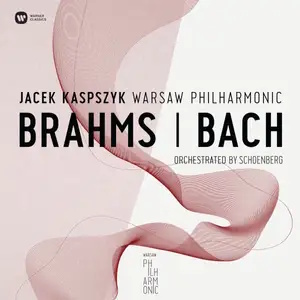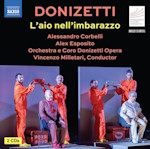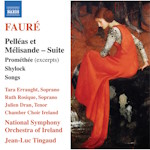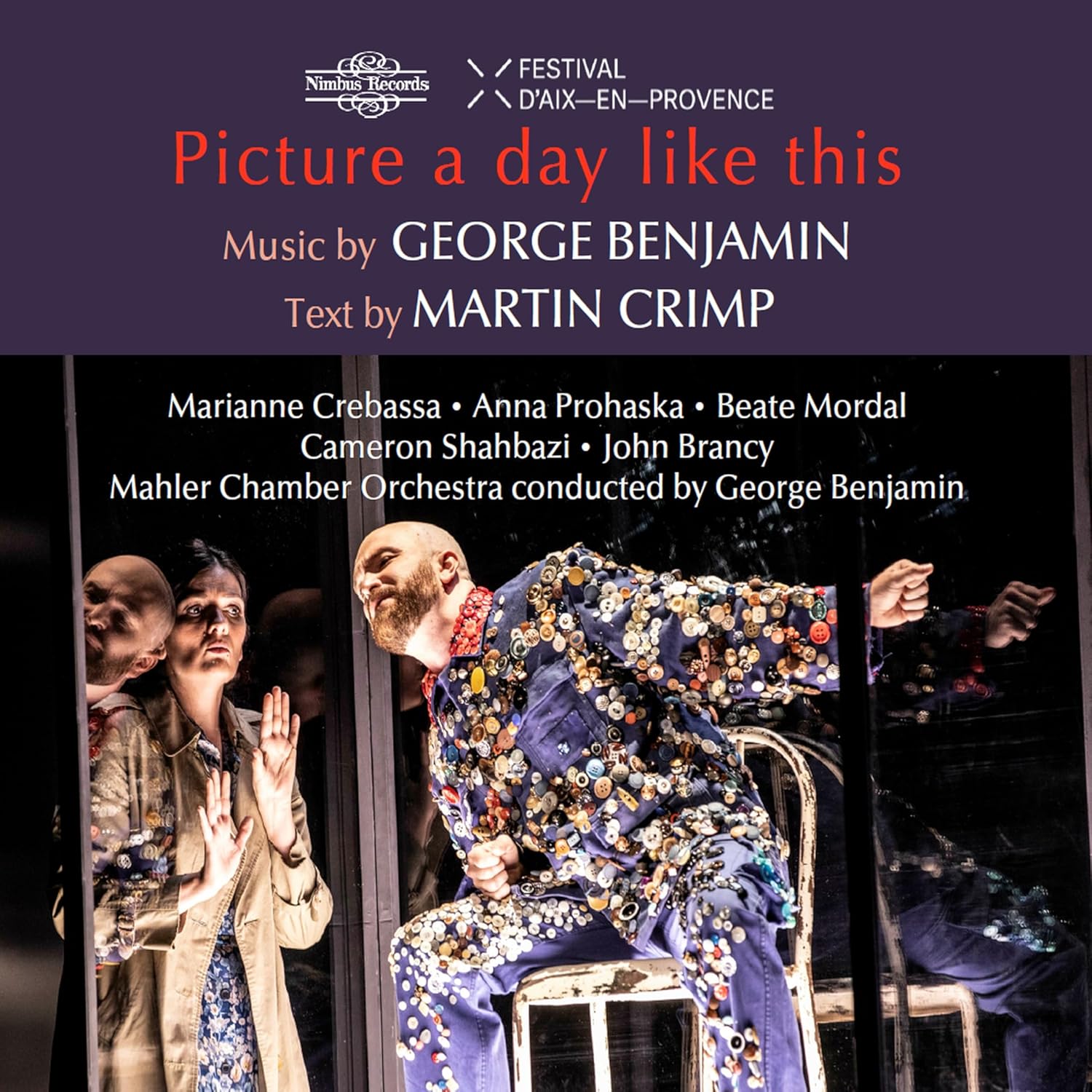
Johannes Brahms (1833-1897)
Piano Quartet No. 1 in G minor, Op. 25 (1861, orch. Schoenberg 1937-8)
Johann Sebastian Bach (1685-1750)
Prelude and Fugue in E-flat, BWV 552 (St. Anne) (1738, orch. Schoenberg 1927)
Warsaw Philharmonic/Jacek Kaspszyk
rec. 2014, Warsaw Philharmonic Concert Hall
Warner Classics 2564 603373 [59]
My only previous encounter with Jacek Kaspszyk was his poorly controlled, occasionally slapdash Mahler First on Collins Classics. (The orchestra, the LSO, could probably play that symphony in their sleep; it might have been better if they had.) At least the present disc offers us respectable professional performances.
Schoenberg’s orchestration of the Brahms piano quartet brings out its latent symphonic scope, but some passages feel like a stretch. To be fair, Kaspszyk “understood” the Mahler, but his stick technique seemed not up to the job; here, he’s better on top of the whole business. The first movement, shaped straightforwardly, has slashing climaxes and, in the development, a taut drama. Both the middle movements have their moments: the Intermezzo‘s playful Trio; the uniquely triumphant marziale climax, grander than the chamber grouping could expect to manage, in the Andante con moto.
I’d have liked a better orchestra, although the Warsaw Philharmonic isn’t actually bad. The string tone, slightly shaggy rather than posh and polished, surges nicely into the peaks; the players take the gruppetti in stride in the first movement’s second theme. But a lack of consistency hurts: in the Intermezzo, the clarinet rides the triplets awkwardly, although the bubbling woodwind fade at the close is impressive.
More debilitating is a general lack of tonal and textural contrast. The strings’ ensemble sonority, especially, tends towards thickness. Even the simple Brahmsian chorale of the Andante con moto is rather full and heavy, and the sombre, ominous episode that follows sounds much the same: only when the reeds arrive do we hear a change. Similarly, the marcato accents of the Rondo alla zingarese – which, in the best performances, has a Slavonic Dance-like uplift – become lumbering instead of joyful, despite an unexpected touch of Bohemian nostalgia.
Bach’s St. Anne Prelude and Fugue for organ is rather a monster: its extended tripartite Prelude is longer and more elaborate than some prelude-fugue combinations, and followed by, not a “triple fugue,” but three separate fugues, all of which supposedly symbolizes the Trinity. The risk here is that such large-scale orchestral garb can send such a big piece “fover the top.” Schoenberg’s orchestral rendering of the opening French overture is overbearing, but then it offers a varied palette of colours and textures. In the numerous passages led by the solo woodwinds, Kaspszyk gets his strings to hold their volume down as he couldn’t or wouldn’t in the Brahms, producing an airy clarity. It’s very good, although Erich Kleiber’s monaural performance, once issued on a Biddulph 2-CD set, is even more authoritative.
The sound is fine, if occasionally over-resonant. The cardboard packaging, for those of us still using actual discs, is compact, but the dimensions are larger than standard, and, once you’ve removed the various items – the disc, the program booklet, and a promotional booklet for the orchestra – from their assigned pockets, it’s hard to replace them.
Stephen Francis Vasta
stevedisque.wordpress.com/blog
Buying this recording via a link below generates revenue for MWI, which helps the site remain free



















